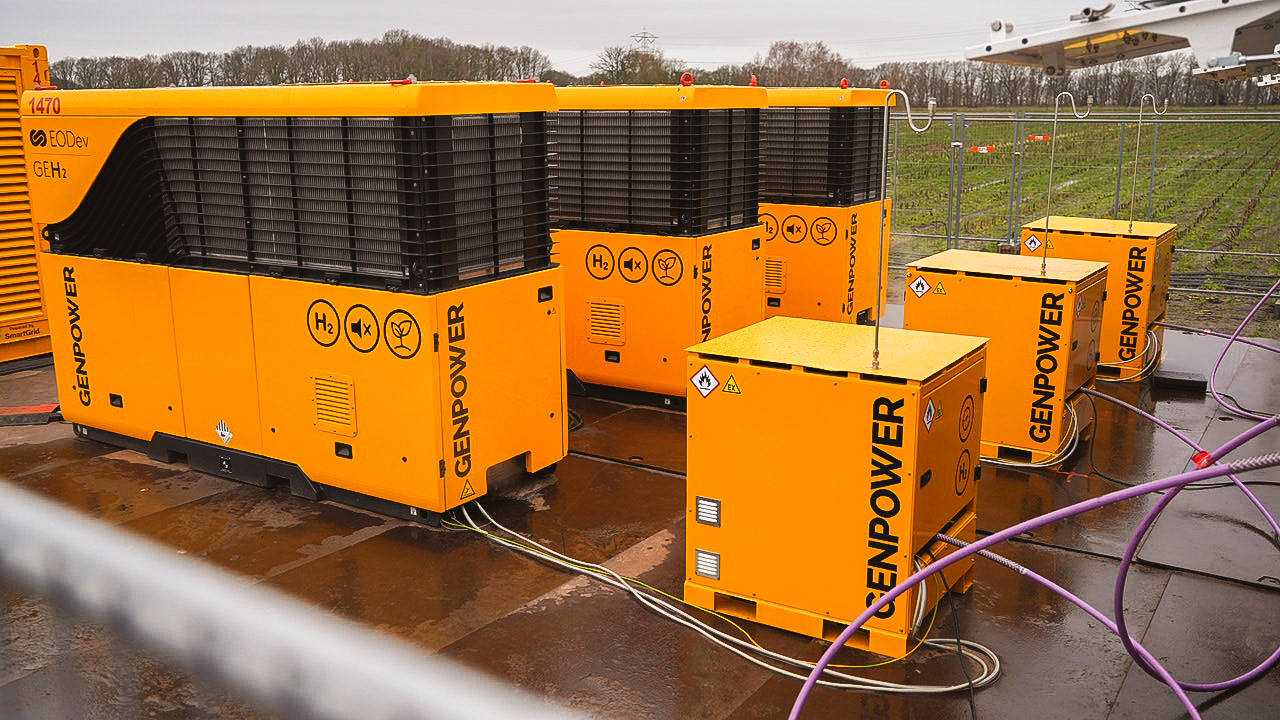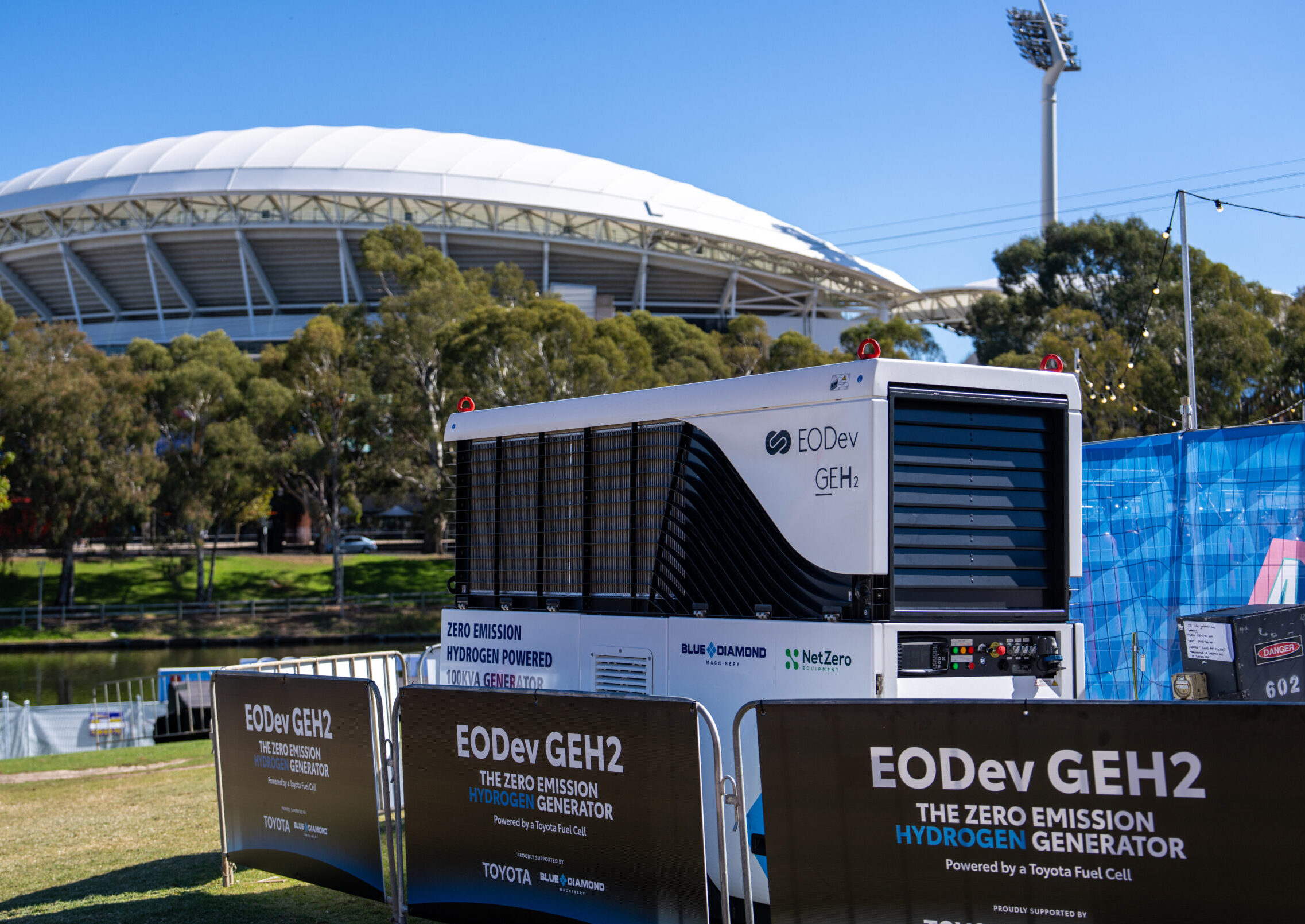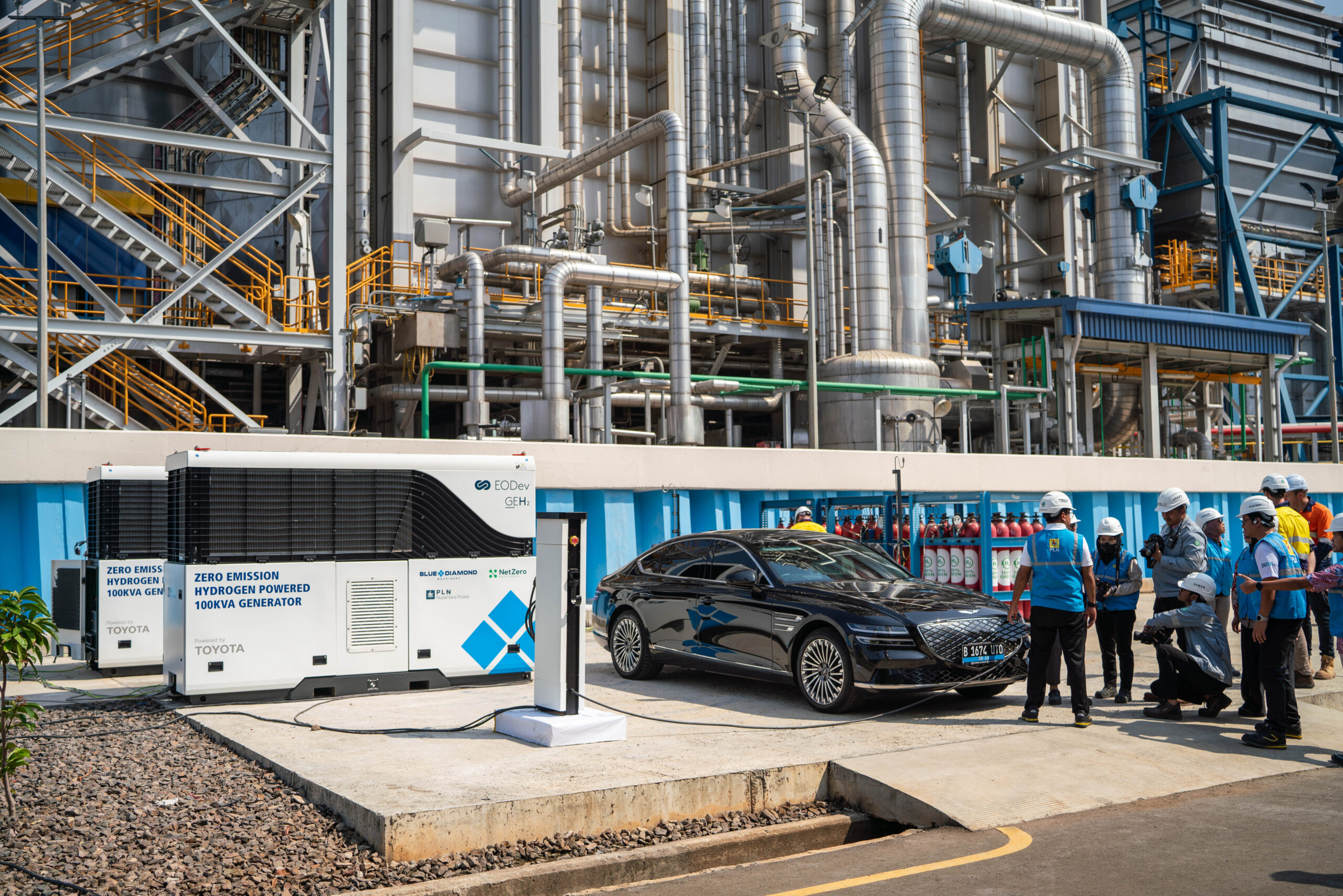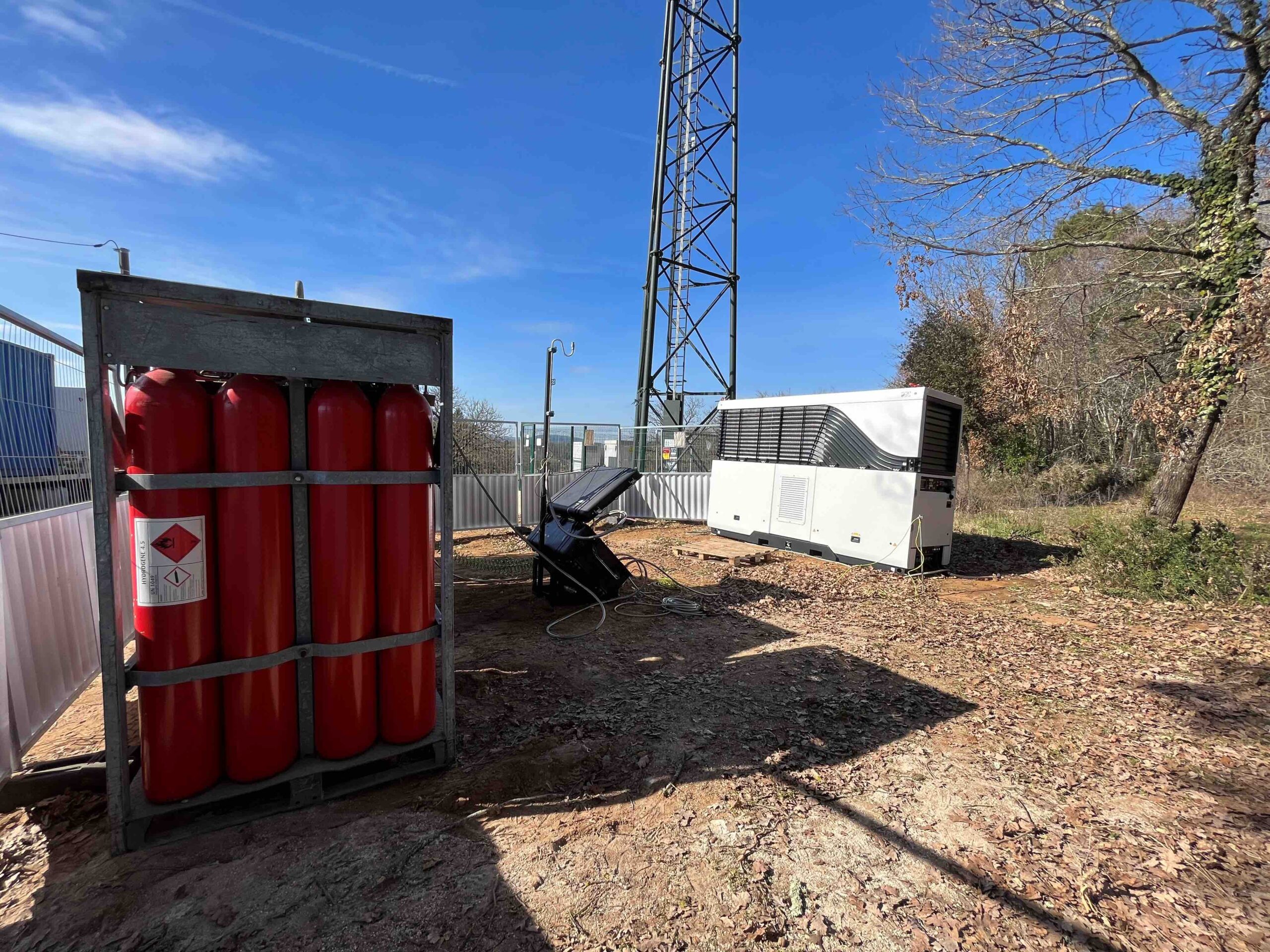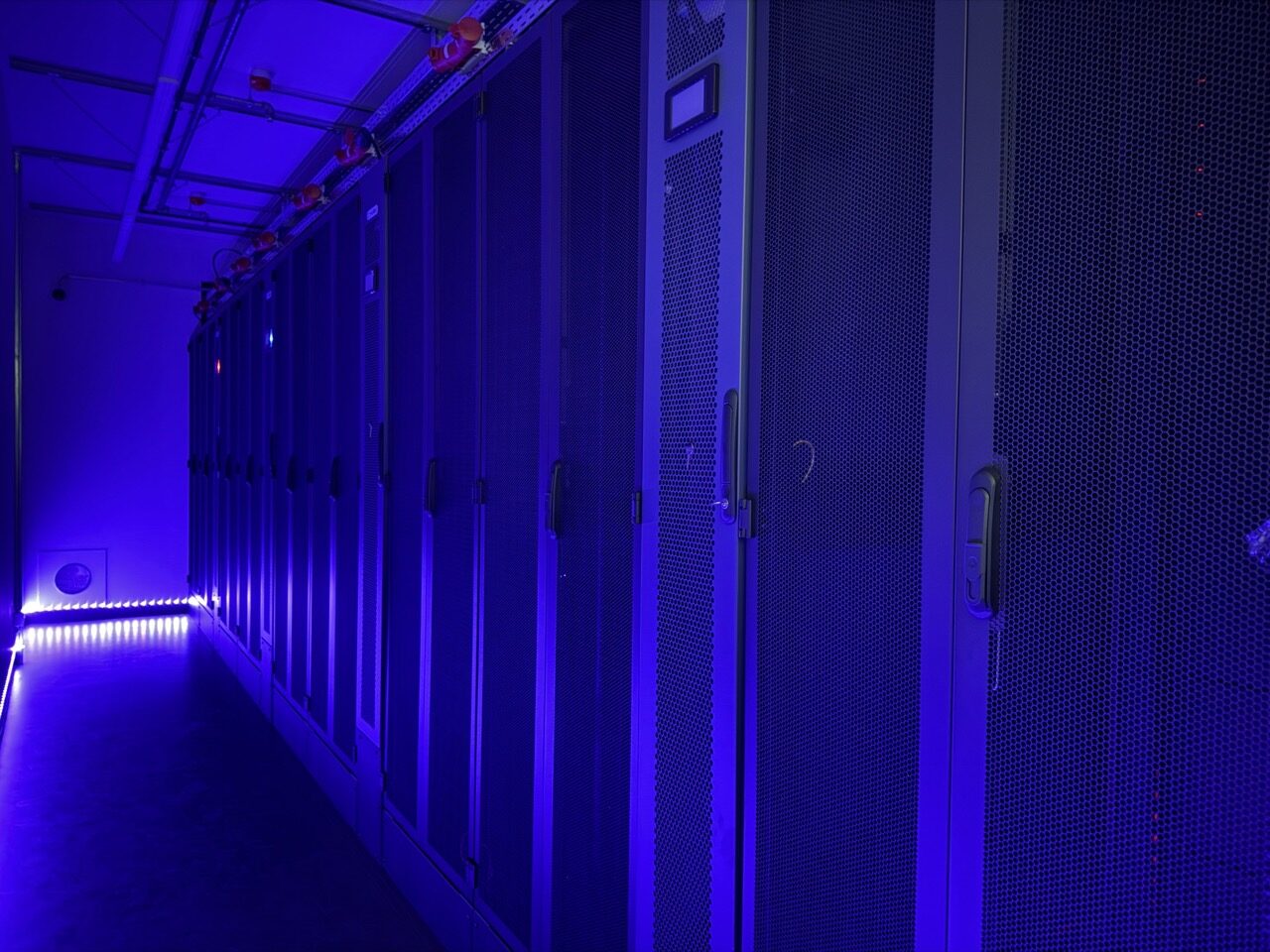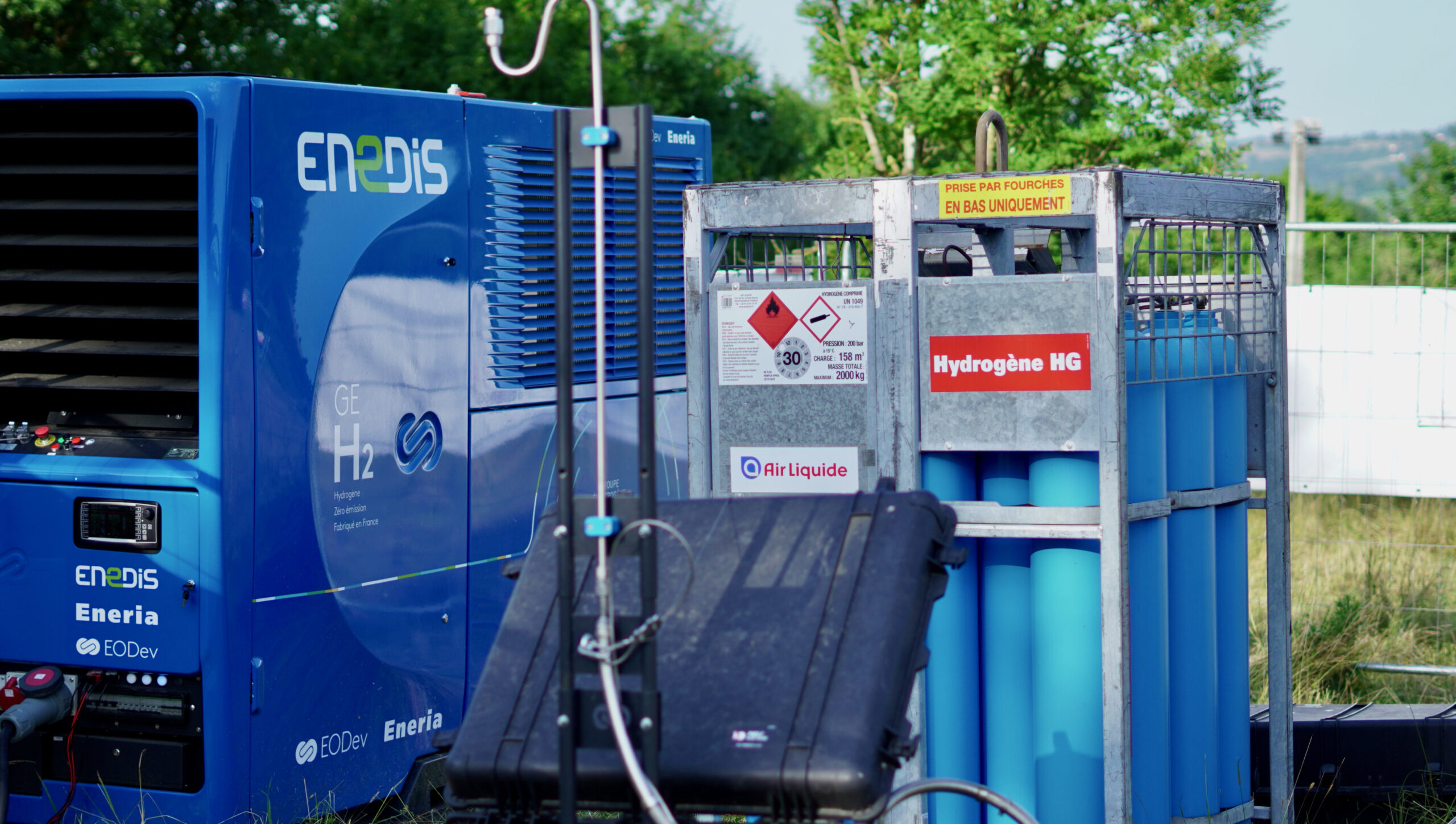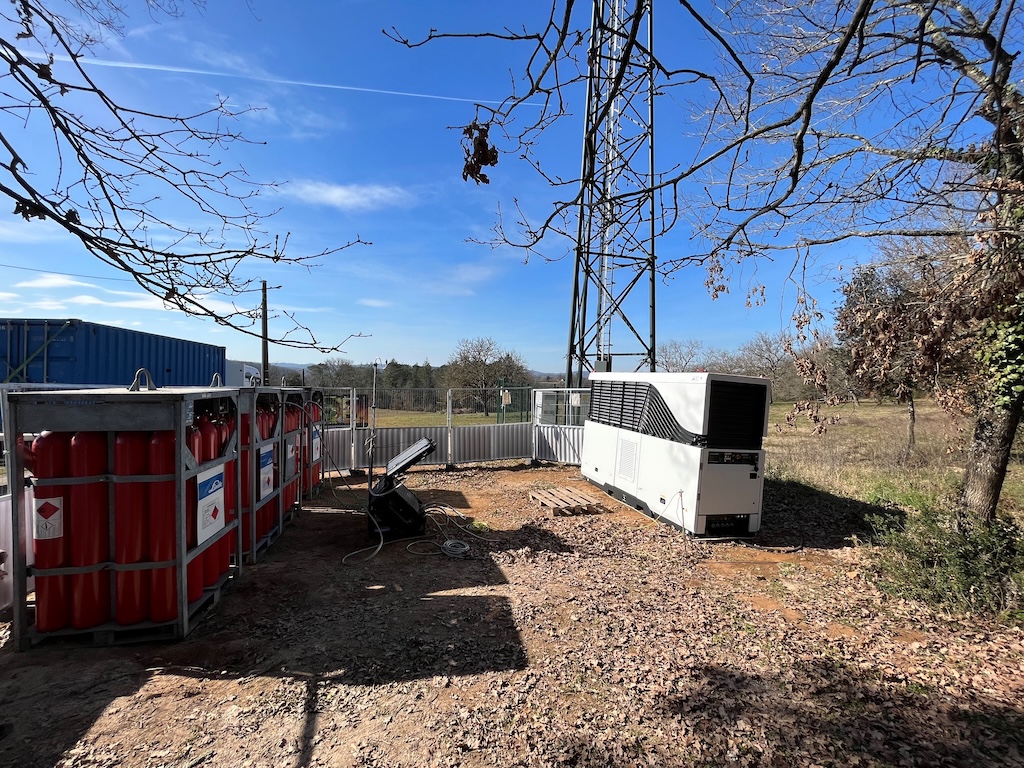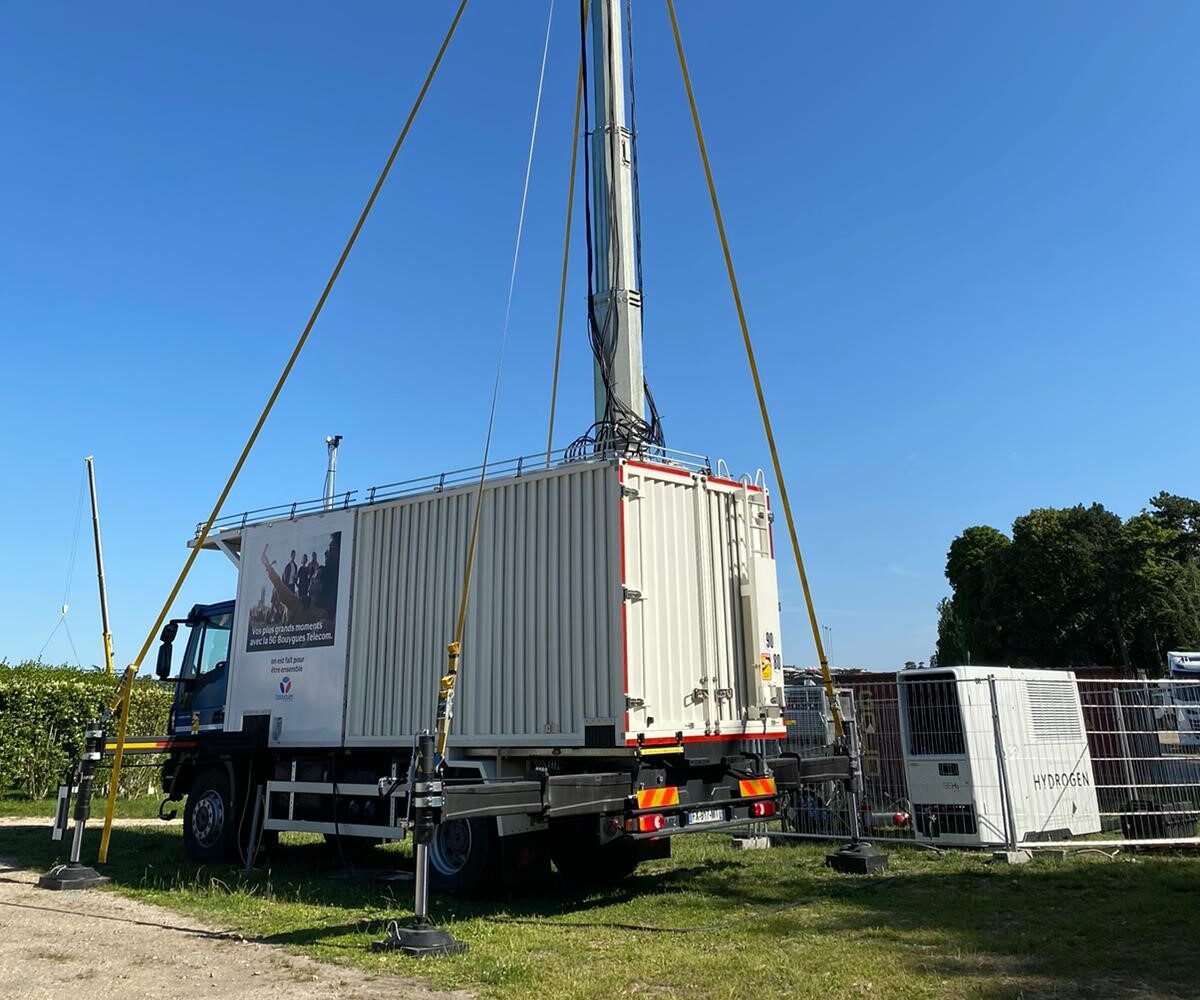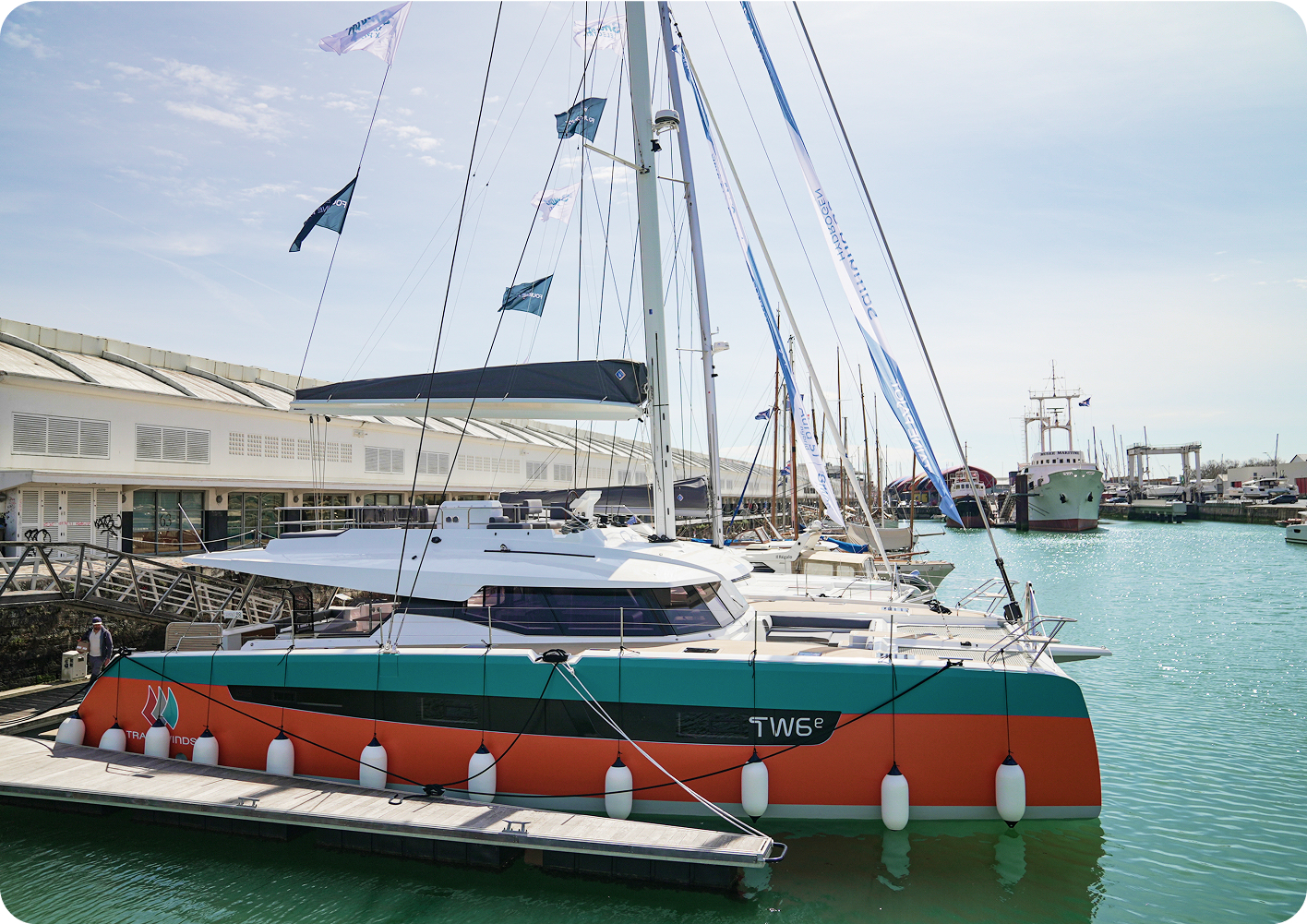-
Mobile & Scalable
GEH2
The zero-emission mobile energy solution.
Power110 kVA/88kW ESPOutput voltage400 VAC / 480 VACFrequency50 Hz – 60 Hz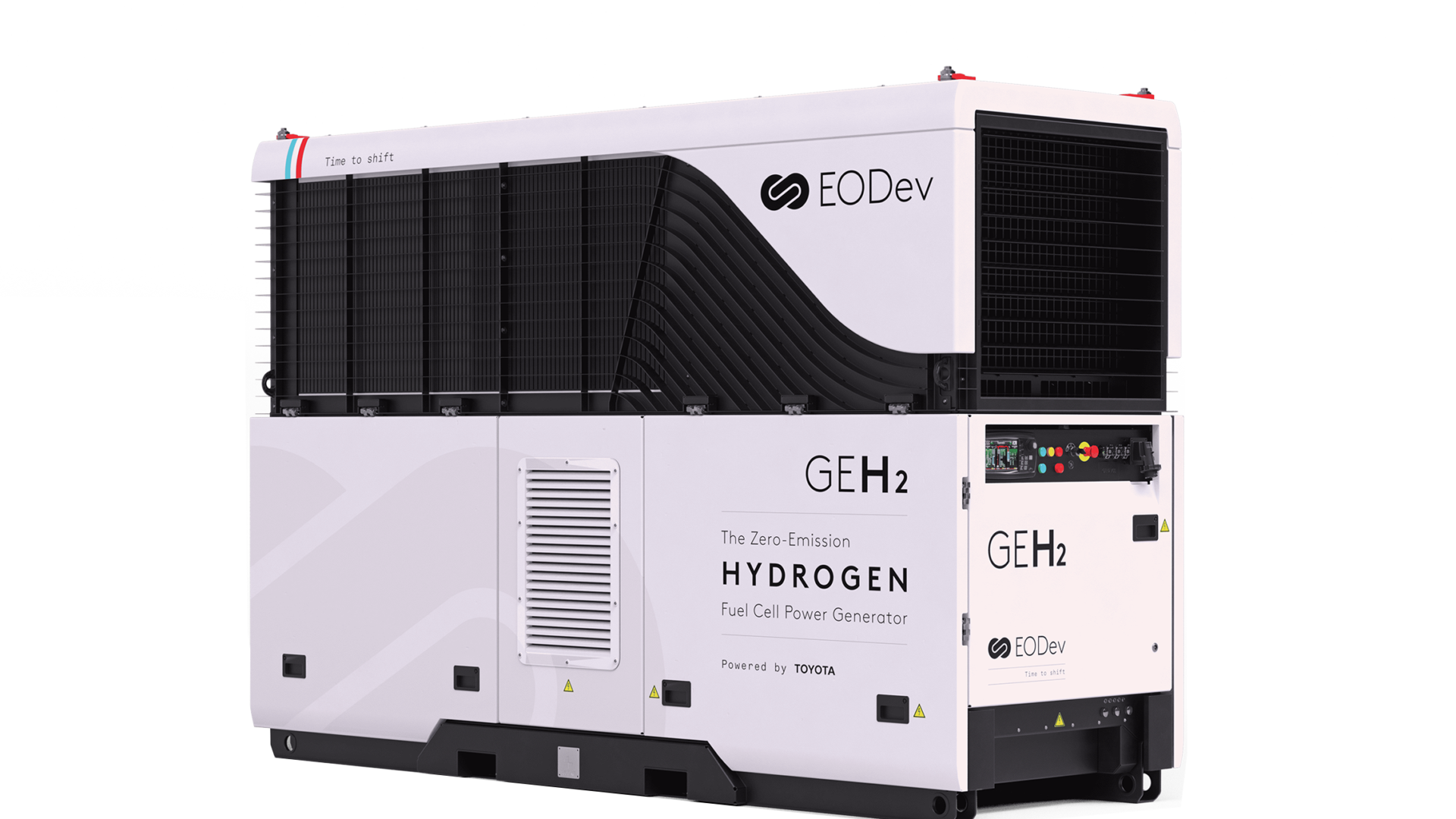 Power110 kVA/88kW ESPOutput voltage400 VAC / 480 VACFrequency50 Hz – 60 Hz
Power110 kVA/88kW ESPOutput voltage400 VAC / 480 VACFrequency50 Hz – 60 Hz -
Compact & Adaptable
REXH2
REXH₂®: on-board zero-emission navigation
Power70 kWOutput voltage650 – 725 VDCParallelizationup to 8 units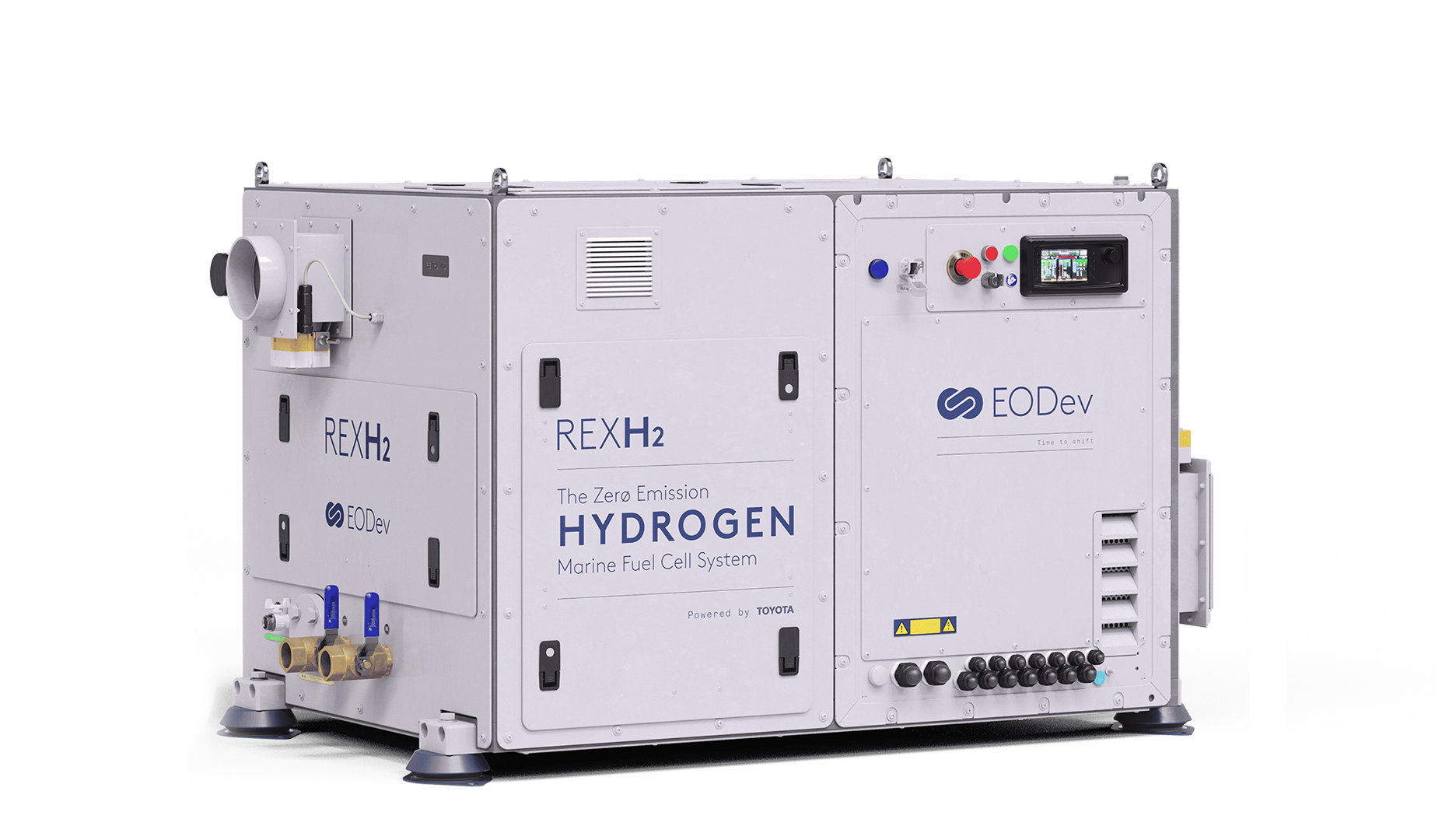 Power70 kWOutput voltage650 – 725 VDCParallelizationup to 8 units
Power70 kWOutput voltage650 – 725 VDCParallelizationup to 8 units -
Powerful & Hybrid
BESSTIE 120
Battery Energy Storage Solution
Power120 kVAOutput voltage400/230VACFrequency50 Hz – 60 Hz Power120 kVAOutput voltage400/230VACFrequency50 Hz – 60 Hz
Power120 kVAOutput voltage400/230VACFrequency50 Hz – 60 Hz
Cutting-edge technologies at your service
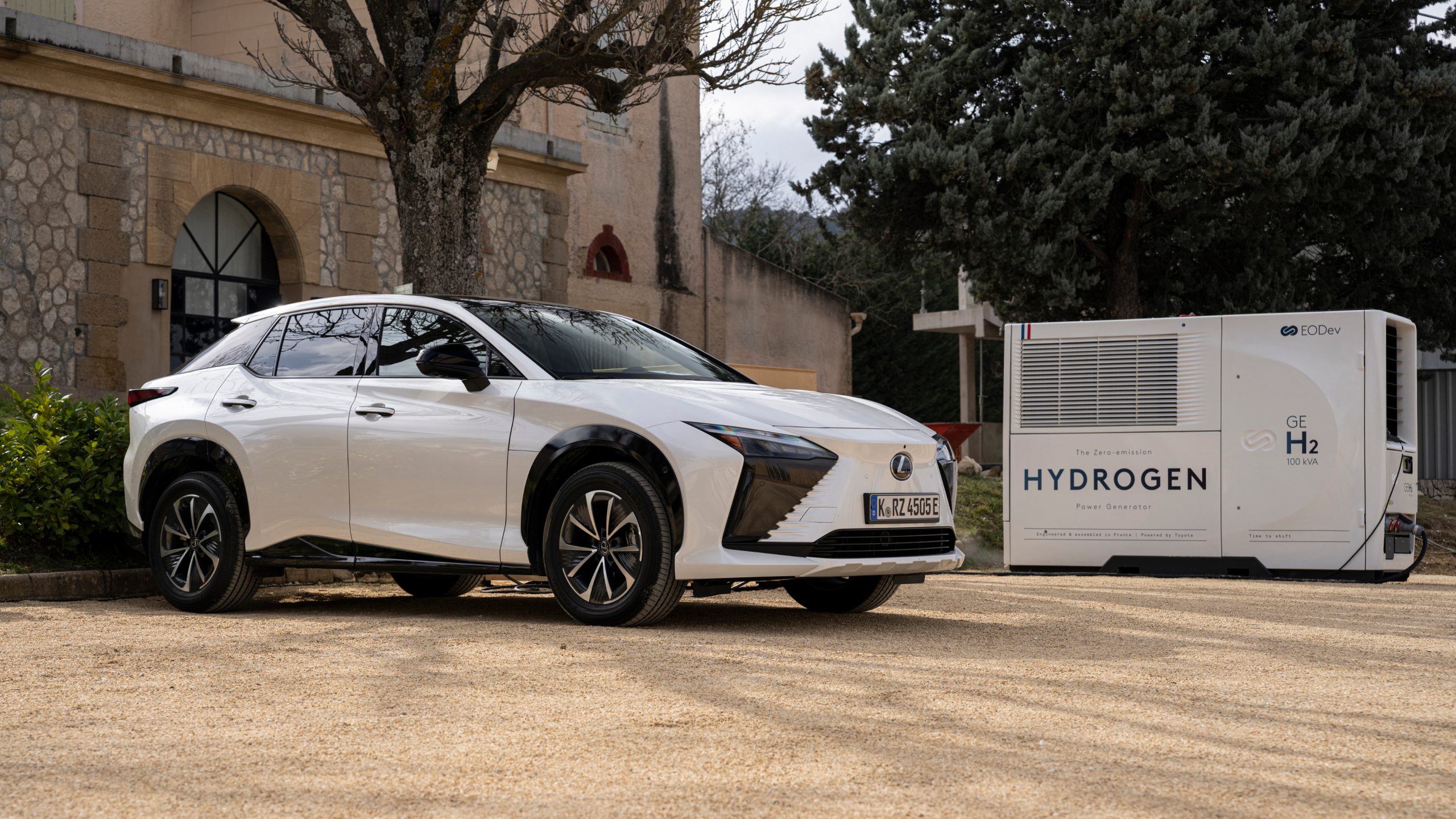
Sustainable
Reducing carbon footprint
Our products have been conceived and designed with the aim of always minimizing our ecological footprint, moving towards carbon neutrality. They can be upgraded, dismantled and recycled, and use low-carbon materials.
Reliable
Performance at all times
Our products have been tested in the harshest conditions: humidity, salinity, vibrations, extreme temperatures, etc. to guarantee their reliability and robustness.
Accessible
Easy to use and deploy
Thanks to mass production, we can offer products and solutions that are economically accessible and high-performance, yet easy to use through a simplified man/machine interface to multiply their potential applications.
SAV & Support
Reliability, quality, and durability are the core values driving the experts of the Blue Tech Energy Crew : our technical support team. They support you at every stage with streamlined management and a turnkey offer that includes administrative assistance, training, and on-site maintenance.
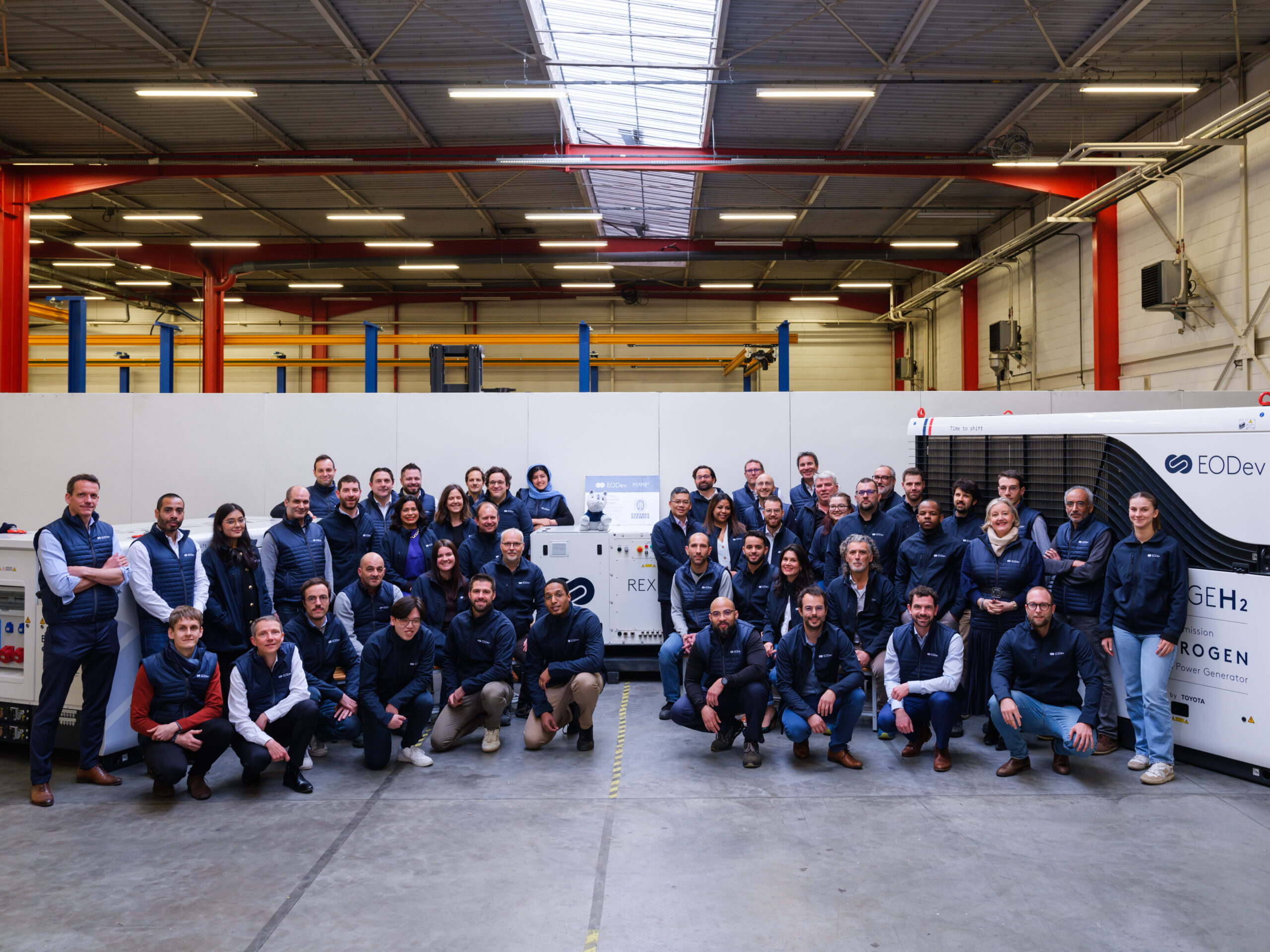
One solution: a wide
range of applications
You have a question, we have the answer.
Currently, 95% of the hydrogen produced in France is of fossil origin, as is nearly 99% of that produced in the rest of the world. This hydrogen is most often obtained from the process of steam reforming methane, the main component of natural gas. Each kg of hydrogen produced this way emits 12 kg of CO2, and its cost price varies from 1 to 2.5 € per kg. Almost 45% of world production comes from this technique.
About 25% of hydrogen production comes from “co-production” of refined products from hydrocarbons, which is then called “fatal” hydrogen. Its production cost is variable since in this instance it is a “waste” from the production of other chemical elements, and therefore its carbon footprint is too.
A third method uses coal, burnt at very high temperature (1200 to 1500 ° C) to separate the hydrogen – which should be called dihydrogen H2 – from CO2, in the form of gas. This production, about 30% of the total, makes it possible to obtain hydrogen whose cost price per kg varies between 1.5€ and 3€ per kg, but releases 19 kg of CO2 per kg of hydrogen.
These are industrial models that make “gray” hydrogen. “Green” hydrogen, which only contributes less than 1% of world production (around 5% in France), comes from the use of low-carbon or renewable energies (solar, wind, etc.). The electrolysis of water, which allows a zero carbon footprint, represented only 0.1% of global hydrogen production in 2019, due to a relatively prohibitive cost compared to other production methods, one kg of hydrogen costing between 3€ and 12€ for its production alone (excluding the cost of transport, distribution, etc.).
To allow the large-scale deployment of “green hydrogen”, electrolysis from a renewable energy source is one of the future undertakings , and it is clearly one of the strategies traced through the 2020 recovery plan, to make France and Europe champions of “green” hydrogen production.
One of the major advantages of a fuel cell is to be able to use the energy contained in hydrogen, produced from renewable energies such as solar, and thus to compensate for their intermittence, all this without emission of CO2 or fine particles, with an efficiency of over 42%. This means that out of 100 kW of solar energy, 42 kW of hydrogen can be stored. Without photovoltaic cells, which generates the energy needed to produce hydrogen, this solar energy is simply wasted!
The question may sound absurd, but it is not. If we consider the total annual production, whose figures vary between 75 and over 100 million tonnes depending on the source (in particular because part of the production is annexed to other chemical activities via “fatal” hydrogen), and considering a minimum of 10kg of CO2 emitted per kg of hydrogen produced, we obtain a total of over 1 billion tonnes of CO2 emitted during the production of “gray” hydrogen. This figure represents around 2/3 of CO2 emissions from maritime transport, or 2% of the world total, which is far from negligible. This is why it is essential to turn to the production of green hydrogen, and in the first place to decarbonize heavy industries and mobility.
Overall, the use of hydrogen is safer than that of conventional liquid fuels such as diesel or gasoline in our cars, or even natural gas. This in no way implies that hydrogen is not dangerous – there are many situations in which hydrogen, like any other fuel or energy storage device, can cause an accident.
However, its very low level of flammability and its low energy density mean that the heat given off during a hydrogen fire is low, and that the damage caused by a “hydrogen” flame is less than the damage created by the flame of other gases. It is thus no more or less dangerous than a cylinder of Butane used to light a gas barbecue!
If not confined, it disperses easily in the atmosphere. And if it is confined, you just have to make sure that it can be easily dispersed, like any flammable gas. Ventilation is therefore the main safety measure to prevent build-up to a flammable level.
